
One piece of advice I have heard creative professions give is to read books from other fields. I always interpreted it as advice meant to broaden our creative abilities. By dabbling in other crafts, we could grow the bag of tools we can draw from and perhaps also get inspiration.
That is certainly a great reason to explore other disciplines. However, there is another that I have just started to understand. While the tools, the medium and the end product for the various creative fields may be different, the ways of thinking and the creative process are quite similar.
This idea finally clicked for me a few years back when a friend of mine shared a book about music production that he said contained many lessons for designers.
The Book
The book in question is Making Music, 74 Creative Strategies for Electronic Music Producers. It’s written by Dennis DeSantis and published by Ableton, the German company best known for its Ableton Live music software.
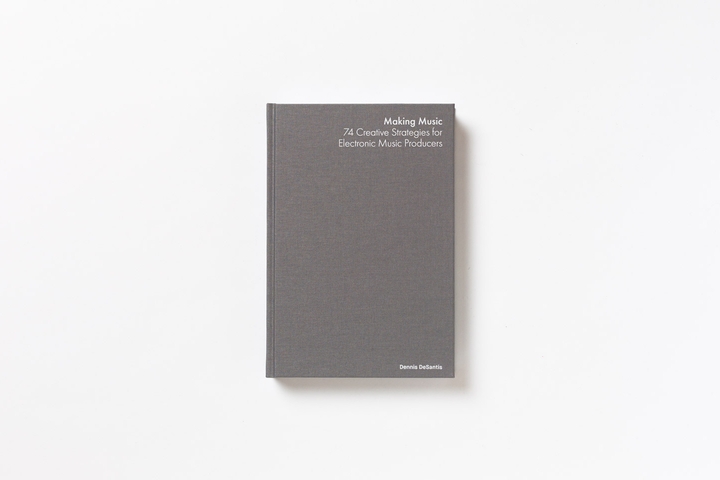
The physical book itself is a well-designed object. The pages are printed on beautiful, heavy stock. The whole thing is bound in grey textured cloth with white lettering silk screened on top. Inside, color and white space are used to add both clarity and character to each page, while words are set in varying weights of Futura PT and Milieu Grotesque.

All of that is just a fancy way of saying that the book is a pleasure to hold and look at. That’s not really a surprise considering that Ableton has always put careful thought into everything it creates.
What’s inside?
Just like Making Music is physically well-designed, the content within is equally well-organized. The book, as the title suggests, is a collection of 74 chapters. Each is a problem that music producers may face and possible solutions to that problem.
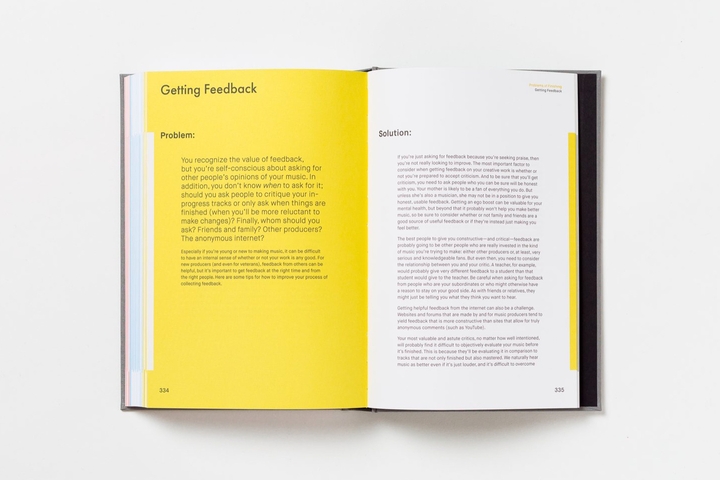
While this way of arranging a book is already great, it gets better. Instead of simply listing the different chapters, they are split into three color-coded sections corresponding to different stages of the creative process. The first, salmon-colored section is “Problems of Beginning”. The second, light-blue section is “Problems of Progressing”. The last, yellow-color section is titled “Problems of Finishing”.
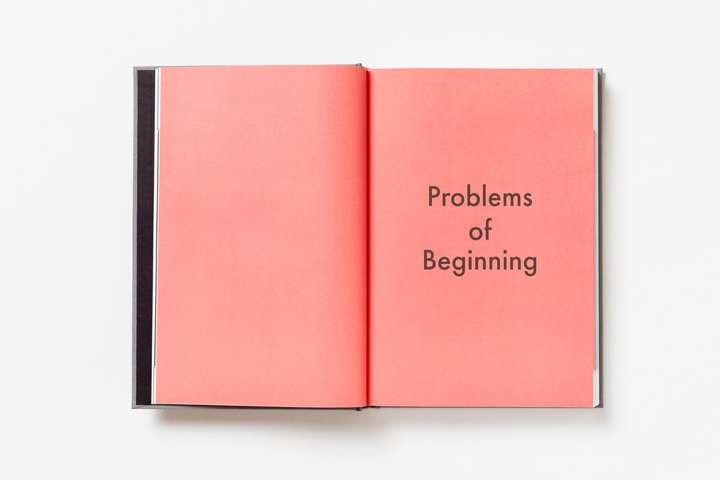
Some chapters like “Procrastination and Timeboxing” or “Mise en Place” are universal among creatives with obvious applications to design. Others are written just for musicians, referencing terms and tools specific to music. If we take those words and imagine them as if they were written for designers, we can uncover that these problems and solutions truly are universal.

Take the example of “Catalog of Attributes”. Here is how the problem statement in that chapter reads:
Creative musicians find inspiration in other music. While we seek to make music that is uniquely our own, every other piece of music we hear is automatically processed and becomes an unconscious part of our musical vocabulary. Taking too much is theft. Taking too little fails to acknowledge our influences.
Let’s rewrite it for designers:
Creative designers find inspiration in other designs. While we seek to make work that is uniquely our own, every other piece of design we see is automatically processed and becomes an unconscious part of our design vocabulary. Taking too much is theft. Taking too little fails to acknowledge our influences.
That reads just like a problem I come back to constantly as I try to achieve that balance between being influenced and merely copying.
Now, let’s look at how the solution to that problem starts in the book.
Listen carefully—and many times—to the piece that inspires you (the “source”). Study it, element by element and layer by layer, until you can write down a catalog of its attributes.
Again, let’s rewrite it for designers.
Observe carefully—and for a long time—the design that inspires you (the “source”). Study it, element by element and layer by layer, until you can write down a catalog of its attributes.
I hope this simple example illustrates my point. Some chapters require a bit more thought and work to translate, but are still well worth digging into and uncovering the lessons. Some may be very focused on music and may not seem applicable to design, but I guarantee that you can find bits of wisdom in them.
What makes Making Music so great?
Making Music isn’t like a lot of design books you might find out there. It isn’t a book about how to use a specific tool. It doesn’t teach how to use a certain methodology. When you can translate the book into a language that fits your craft, Making Music will serve as a toolbox for overcoming obstacles along the creative process.
The chapter titled “Three Ways to Start” solves a problem that has plagued the best of us. We have a blank canvas in front of us but have no idea how to begin. “Breadth Before Depth” explores the problem of when we focus on getting a small detail right for so long that we start losing the motivation to continue working on the whole piece. “Getting Feedback” touches something most creatives have struggled with at some point. We know feedback is important, but perhaps we are self-conscious about our work, or maybe we don’t know when or who to ask.
As long as you are a creative person, you’ll find this book to be useful and will continue to find it useful as your career progresses. Even if you, say, switch from product design to making movies, the tools in this book will retain their usefulness.
Go read it.
I have written this for designers, but the same logic goes for any other field. If you are a creative person, read Making Music. Ableton has kindly put up 24 of the 74 chapters on a website that is designed with the same care and attention as the print copy. Start there.
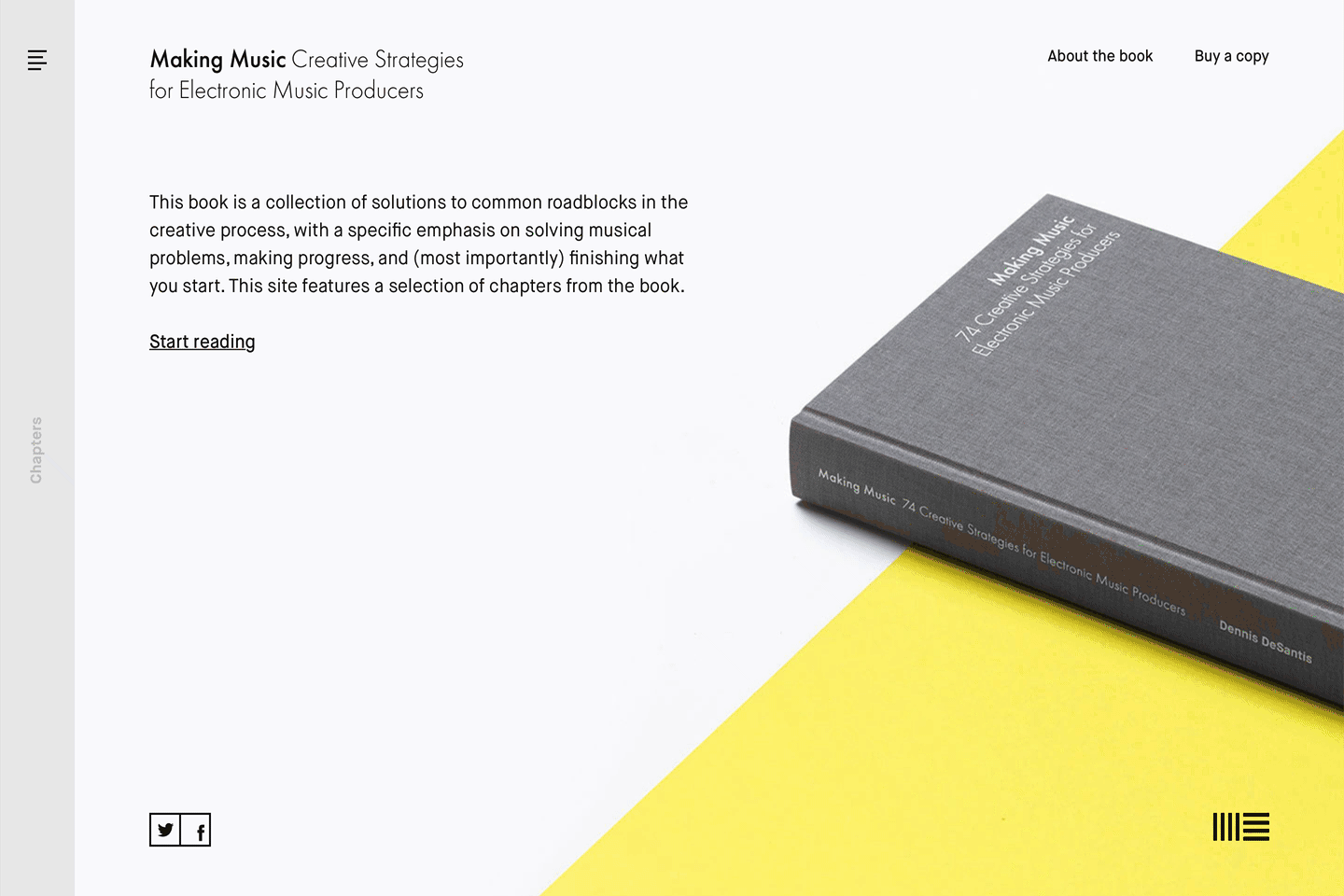
If what you read there leaves you wanting more, then buy the book. You could buy it as either a Kindle or iBooks ebook for $10, but I’d recommend getting a physical copy directly from Ableton for $30.
My Request to You
Lastly, I have a request for you. I’d love to know if there are any books you have read that were written for one audience, but whose lessons apply to another. Please drop me a line with your thoughts on Twitter or Instagram.
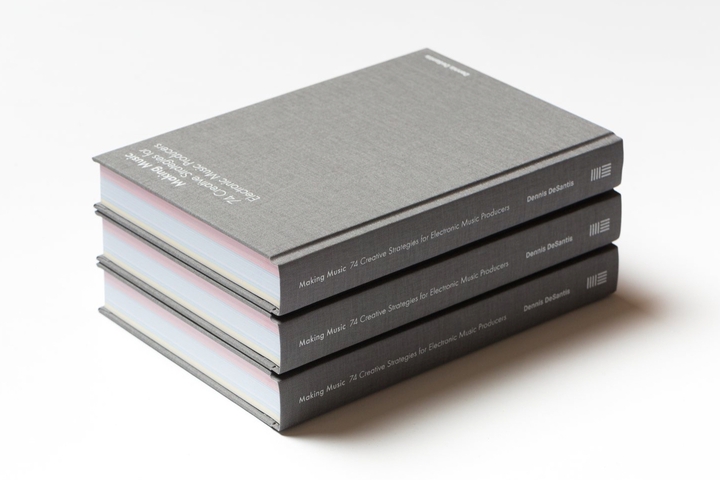
Thanks to Q for reading drafts of this.
Photo Credit: Ableton